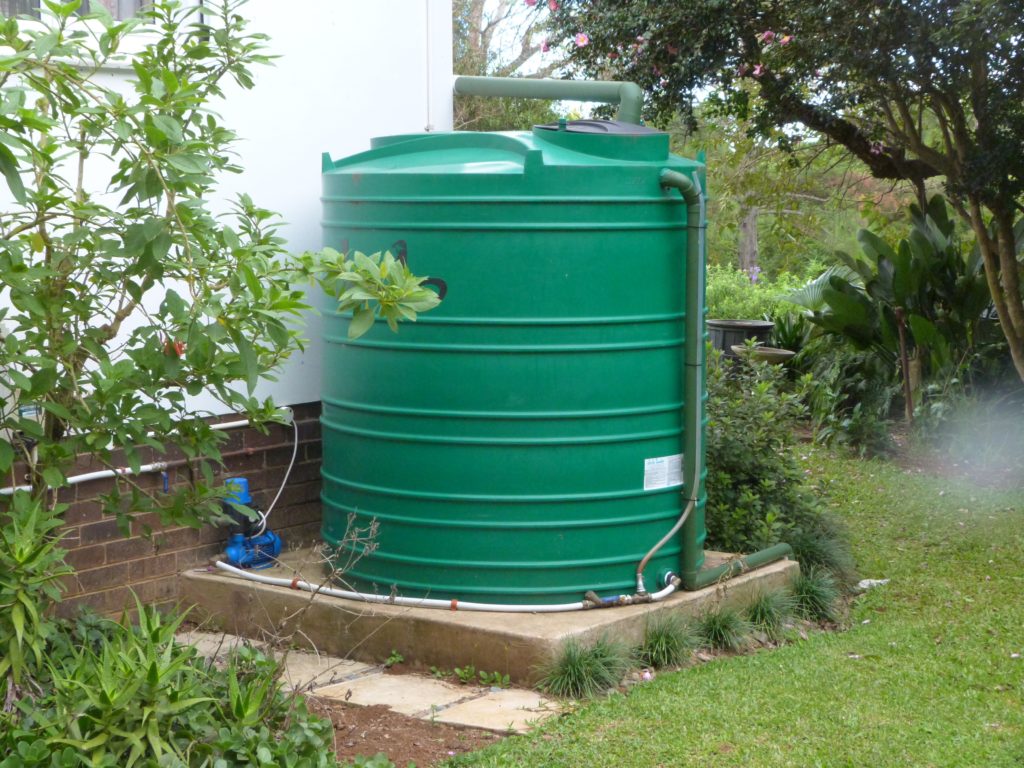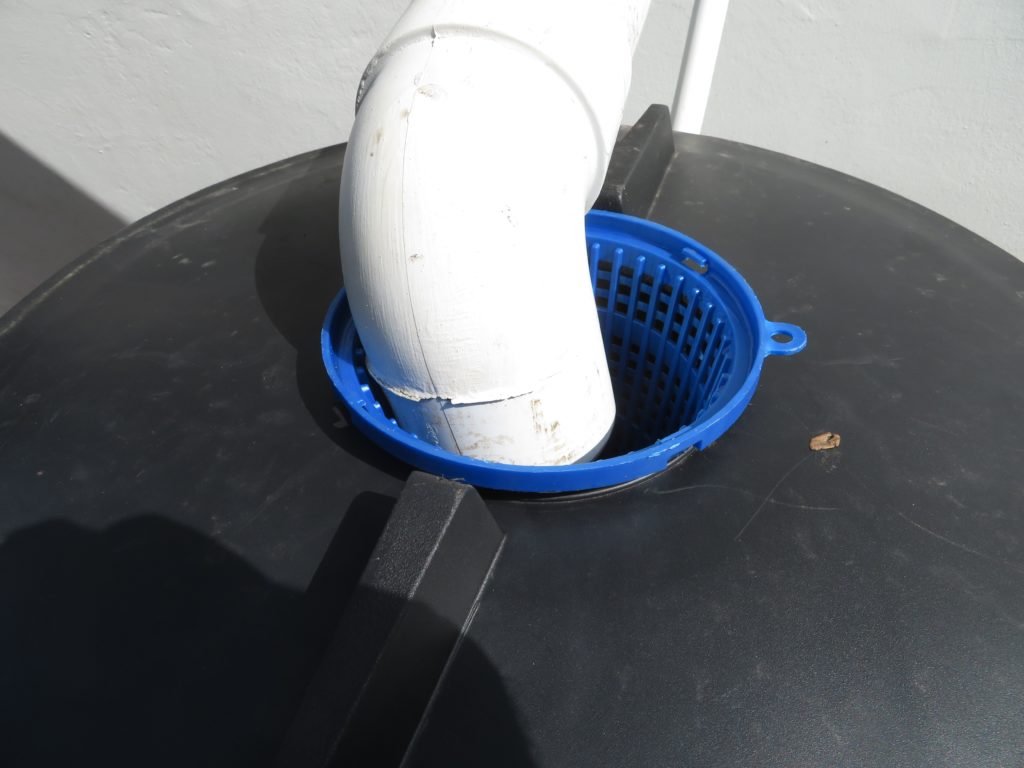Once the idea of installing rainwater tanks takes shape, things tend to move quite fast, in our experience. The enthusiasm of seeing the job moving is strong, particularly when the job is to be done during the rainy season when visual results come fast.
One of the assumptions you need to make is that, over time, the rainwater in your water tank will get contaminated. The degree of contamination will depend upon the precautions you take to minimise contamination and the end use of the water.
Our conclusions have been that you should try and put as many controls on as possible, particularly relating to first flush diversion and filtering. Roofs are great attractors of dirt. This can be from the fine dust which forms the nuclei of the raindrops in the sky, through to the faecal matter from birds, monkeys and other creatures that move over the roof.

purification equipment
If you plan to use the rainwater for potable purposes, you will need to install filters and purification equipment before the water is tapped for use, to avoid sickness and potential poisoning from the water. Advice on quality levels and minimum standards is available from most filtering and purification equipment suppliers. You can also verify this by checking water quality standards on-line in your respective areas.
Irrespective of the amount of filtering and purification that you do, the chances are that there will be contamination in your rainwater tank, and you need to periodically schedule tank cleaning. Unless you are happy to lose the water in the tank, it is best to schedule the cleaning when rainwater tank levels are at their lowest. We found that 2 or 3 people were needed to manhandle the tanks, once they had been emptied. In addition, the various pipes need to be disconnected before the tank is moved from its position.

In our case, our oldest tank (Tank 1) had no filtration at all for several years and when we came to clean the tank, the task was both unpleasant and potentially hazardous. From a health and safety point of view, remember that a water tank is defined as a confined space and working in such a space needs special measures to ensure that the worker inside is not overcome through either lack of oxygen or build-up of carbon dioxide and other potentially hazardous gases such as methane.

We have included a number of photos to show you what the muck that came out of the tanks looked like. We were surprised to see how bad it looked. However, thinking through the decomposition processes that were occurring in the tank and the various materials that were getting in there (excreta, leaves, dust, rain (mild carbonic acid), wind-blown soil, to name but a few), a thick, dark brown, smelly, semi-solid mess could be expected.

Tank 2 had a first flush system installed early on and had less contamination. Tank 3 had a first flush system installed at the same time that the tank itself was installed so there was less contamination when that tank was finally cleaned out.
Putting someone into the tank to clean it out needs to be planned carefully. Firstly, ensure that the individual can get in and out of the manhole easily and practice, if necessary. Also practice how you would get that person out if he/she were overcome by fumes or semi-conscious. Make sure that there is someone (a “buddy”) outside the tank watching the individual inside, talking to him/her all the time the person is in the tank. In that way, if something untoward should happen, the person inside can be evacuated or told to get out before they are overcome.
After we had cleaned our tanks the hard way, we became aware of a neat vacuum tank cleaner which is quite nifty and user feedback seems to be very good. It is difficult to suggest how frequently tank cleaning should be carried out. Plastic tank manufacturers recommend approximately every 2-3 years but much depends upon local circumstances, contamination levels and practicalities. Of course, if you install the vacuum tank cleaner, it will be cleaned out every time the tank overflows. If, however, your tank never gets to a point where it does overflow, you may have to “force” the overflow or clean the tank manually.
Arend Hoogervorst













